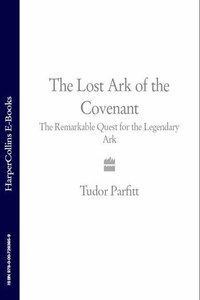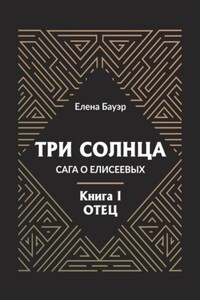It was a time of drought. In 1987 my home was a grass hut in a dried out tribal area of central Zimbabwe in southern Africa, completely cut off from the outside world. I had been doing fieldwork on a mysterious African tribe called the Lemba. This was part of my job. At the time I was Lecturer in Hebrew in the Department of Near and Middle Eastern Studies at the School of Oriental and African Studies (SOAS) in the University of London and for a while now this tribe had been my main academic subject.
How had I spent my time in the village? In the blistering heat of the day I would wander over the hills near the village and poke around the remains of the ancient stone-building culture, which, the Lemba claimed, was the work of their distant ancestors. With my little trowel I had discovered a few bones, pieces of local pottery and one or two iron tools of uncertain age. Not much to write home about. Then I would read, write up my notes and spend much of the night listening to the elders’ narratives.
The Lemba harboured an astonishing claim to be of Israelite origin, although the presence of Israelites or Jews in central Africa had never before been attested. On the other hand, since early medieval times there had been rumours of lost Jewish kingdoms in darkest Africa. What I had heard was that the tribe believed that when they left Israel they settled in a city called Senna - somewhere across the sea. No-one had any idea where in the world this mysterious Senna was located and neither did I. The tribe had asked me to find their lost city, and I had promised to try.
What I knew about the 40,000 strong Lemba tribe in 1987 was that they were black, they spoke various Bantu languages such as Venda or Shona, they lived in various locations in South Africa and Zimbabwe, they were physically indistinguishable from their neighbours and that they had a host of customs and traditions identical to those of the African tribes among whom they lived.
They appeared to be completely African.
But, on the other hand, they also had some mysterious customs and legends which did not appear to be African. They did not intermarry with other tribes. They did not traditionally eat with other groups. They circumcised their boys. They practised the ritual slaughter of animals, using a special knife; they refused to eat pigs and a number of other creatures; they sacrificed animals on high places like the ancient Israelites; and they followed many of the other laws of the Old Testament. The sighting of the new moon was of cardinal importance for them as it is for Jews. Their clan names looked as if they were derived from Arabic or Hebrew or some other Semitic language.
During the months I had spent in the village trying to unveil their secrets, I never found the absolute proof - the smoking gun, demonstrating that their oral tradition, which linked them with ancient Israel, was true. I never found an inscription on stone, a fragment of a Hebrew prayer, an artefact from ancient Israel. Not even a coin or a shard of pottery.
Before arriving in Zimbabwe I had spent a couple of months with the large Lemba communities in the neighbouring country of South Africa. Here the leaders of the tribe had given me a good deal of information. I had hoped to build on this in Zimbabwe and asked the local Lemba chief to facilitate my research. Chief Mposi called a meeting of the elders of the Lemba clans and, tempted by my promise to try to find their lost city of Senna, they formally agreed to permit me to research their history.
But subsequently they did not tell me nearly as much as I had hoped they would. They were tight-lipped about anything to do with their religious practices. It was only my willingness to sit around late into the night, until my whisky had loosened the old men’s tongues, that had enabled me to hear something of their remarkable cult.
The following day they would regret their nocturnal indiscretions and mutter that the clan elders shouldn’t have authorized my research, that white men had no business meddling in their affairs and that I should stop trying to penetrate the cloak of secrecy which veiled their religious rites.
Others tried to frighten me into leaving by telling me lurid tales of what had happened to previous generations of researchers who had wandered too far down forbidden paths. One of them had been forcibly circumcised after daring to walk on Dumghe, the tribe’s sacred mountain. Another had wandered too close to a sacred cave at the base of Dumghe, and had been stabbed with a traditional assegai and badly beaten. He had narrowly escaped with his life.








